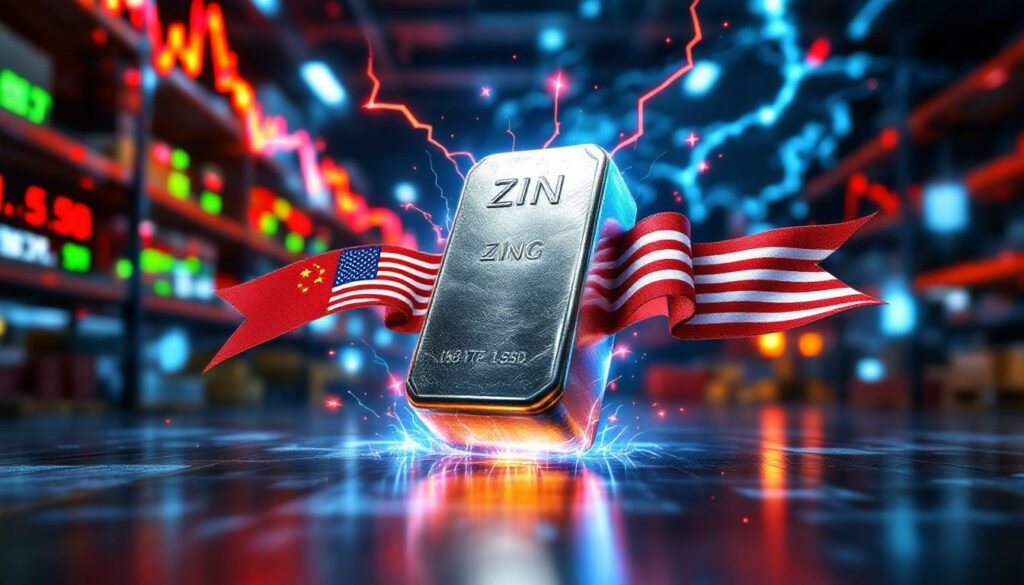The zinc market is experiencing unusual turbulence, with contracts on the London Metal Exchange (LME) showing extreme volatility over the past week. Time-spreads have widened to record levels, signaling a tense market environment as exchange inventories dwindle and supply concerns mount.
This price instability is catching the attention not only of traditional commodities investors but also of cryptocurrency traders who increasingly track metals markets as an indicator of broader financial risk sentiment. Historically, sharp movements in industrial metals like zinc can influence the behavior of risk-on assets, including Bitcoin, Ethereum, and other high-volatility tokens.
Analysts attribute the current surge and subsequent dips to two main factors: low stock levels on the LME and ongoing uncertainties in global supply chains. Shortages in zinc production and distribution have heightened market sensitivity, leading to rapid swings in pricing. As traders react to these developments, liquidity and borrowing costs have become more volatile, creating opportunities and risks for investors across both traditional and digital asset markets.
Crypto-focused investment funds and DeFi platforms that use tokenized commodity exposure are particularly alert, as these instruments can amplify the effects of underlying metal volatility. Experts advise maintaining a balanced approach, emphasizing risk management and diversification when trading tokenized metals or cryptocurrencies during periods of heightened commodity market turbulence.
In conclusion, while zinc itself is a niche market compared to oil or gold, its recent wild fluctuations serve as a reminder for crypto investors that macroeconomic and industrial commodity trends can quickly ripple through digital asset markets, impacting prices, liquidity, and investor sentiment.


